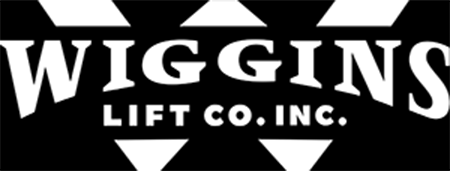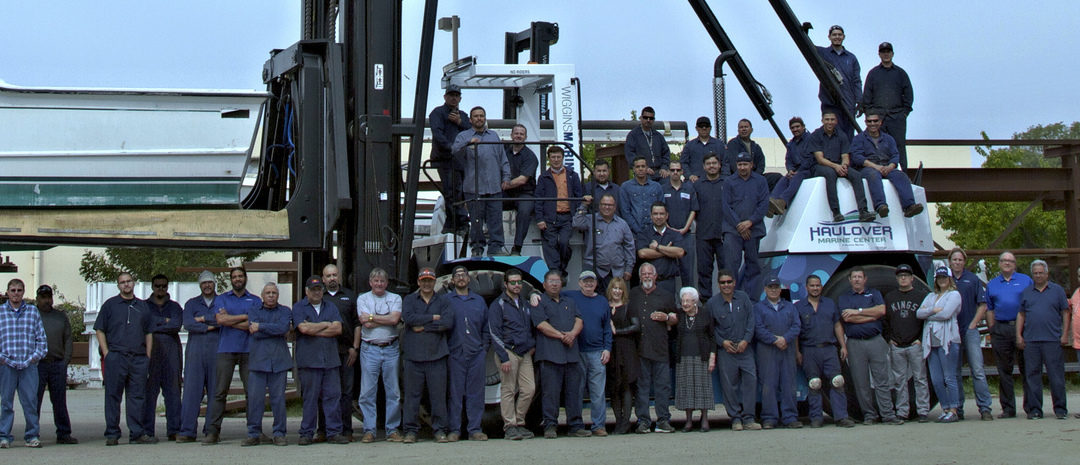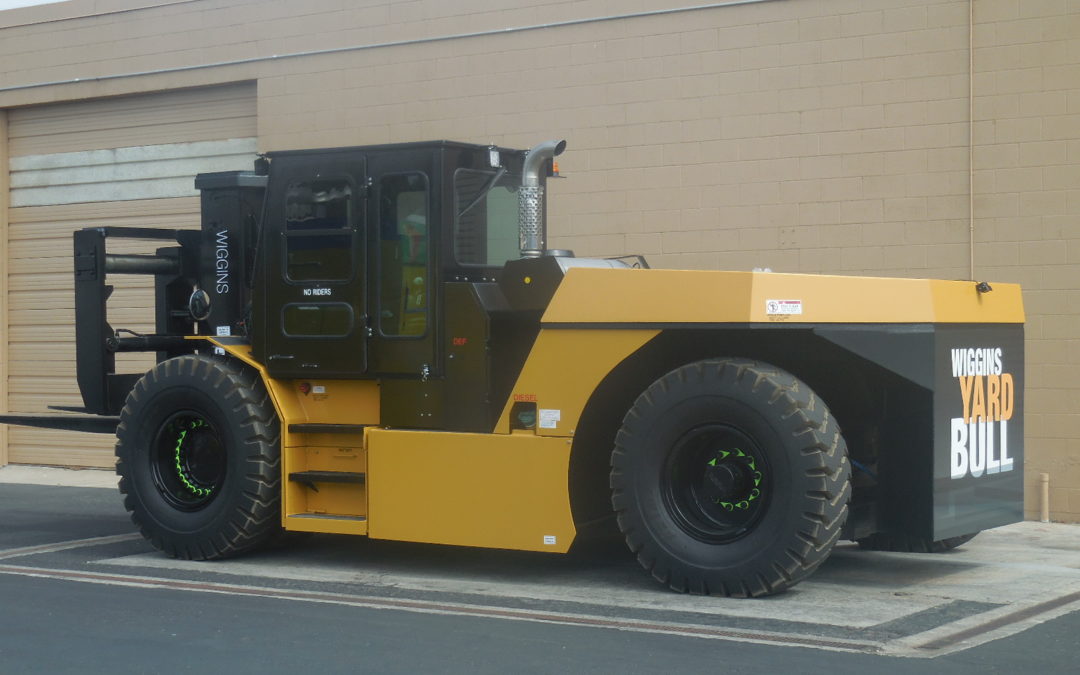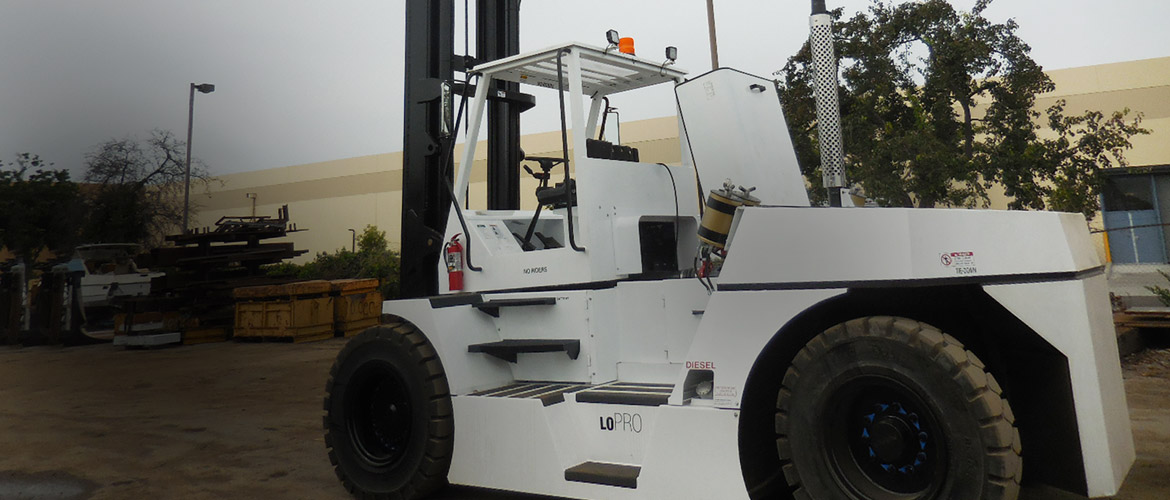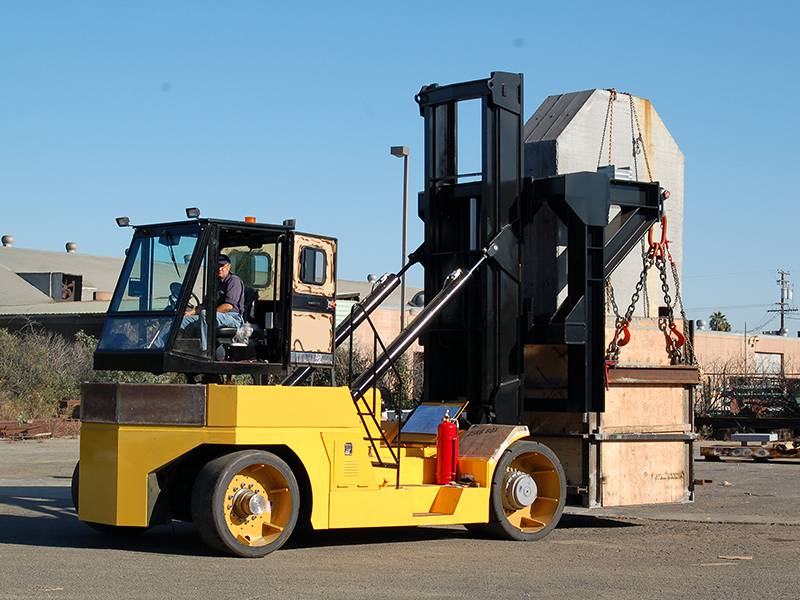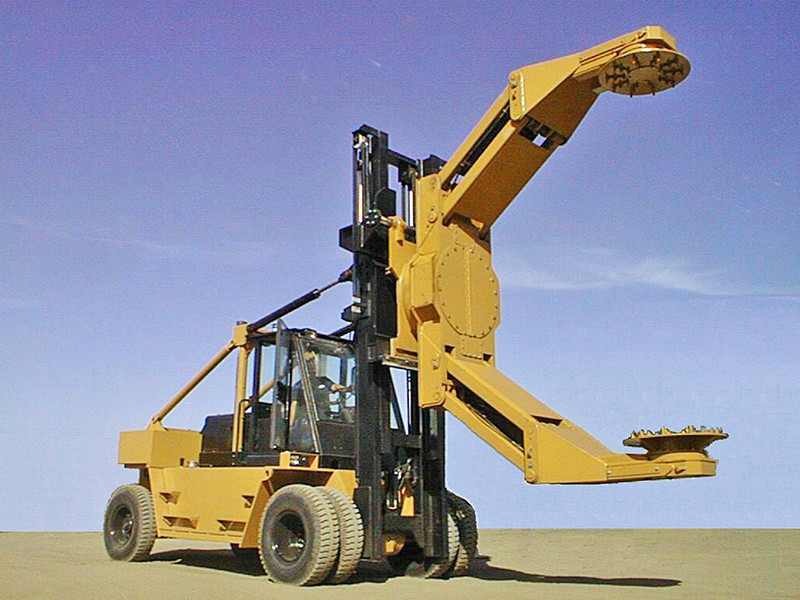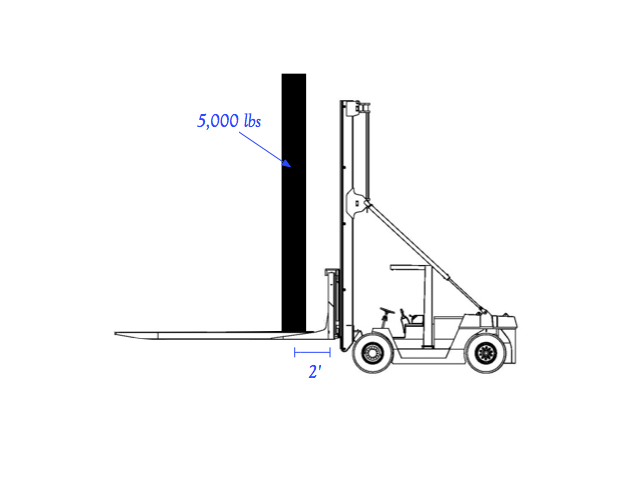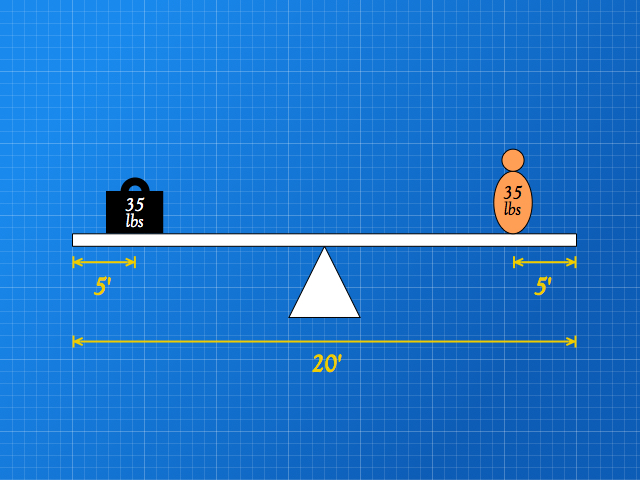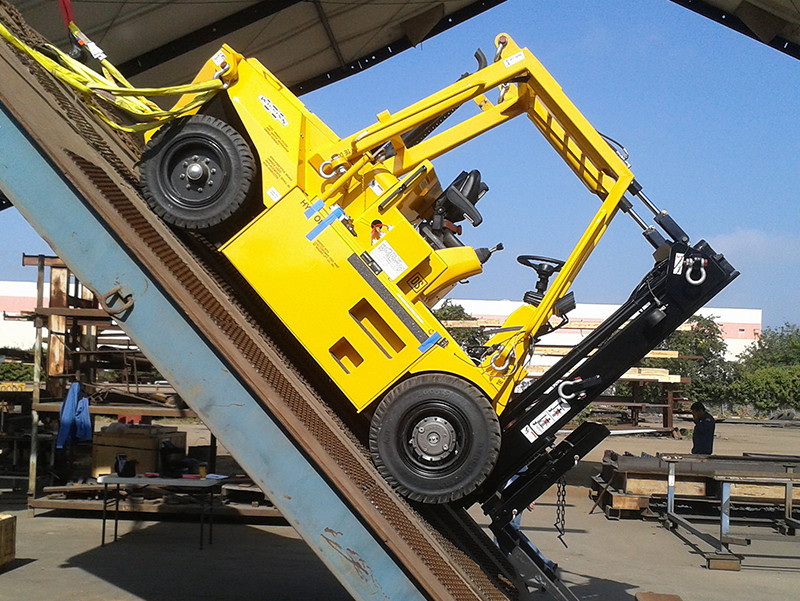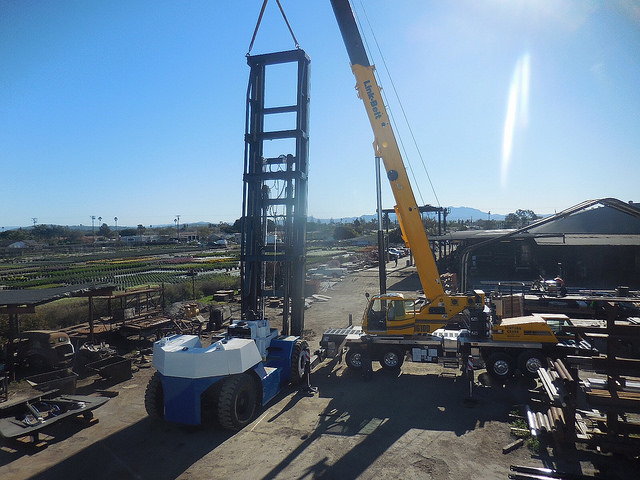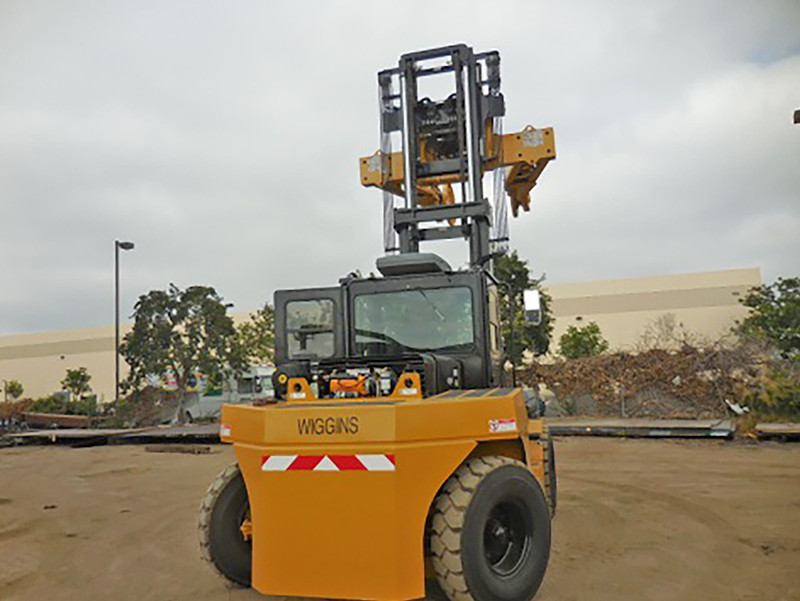
Safety through innovative engineering & technology
Safety through innovative engineering & technology
Safety is a critical characteristic of any high capacity machine. Mishaps cost money, time, and, worst of all, can cause injury or even death. That’s why Wiggins forklifts have standard safety features and options that save money. With the lowest counter-weight in the industry, rear visibility is dramatically improved, which increases customer and employee safety while protecting property from damage.
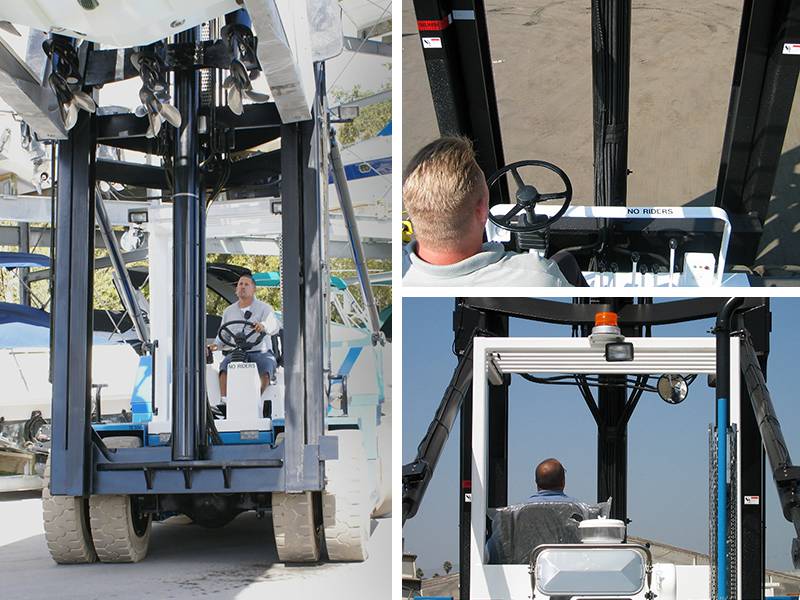
But we don’t stop there. We use the latest cameras, sensors, and technology. Our Vision Plus™ safety system can differentiate people from objects and track them, warning the operator of possible safety hazards. The IQAN™ System with its adjustable monitor keeps the operator informed about engine performance and status. Ask about our optional certified Rollover Protection System, which complies with international safety standards.

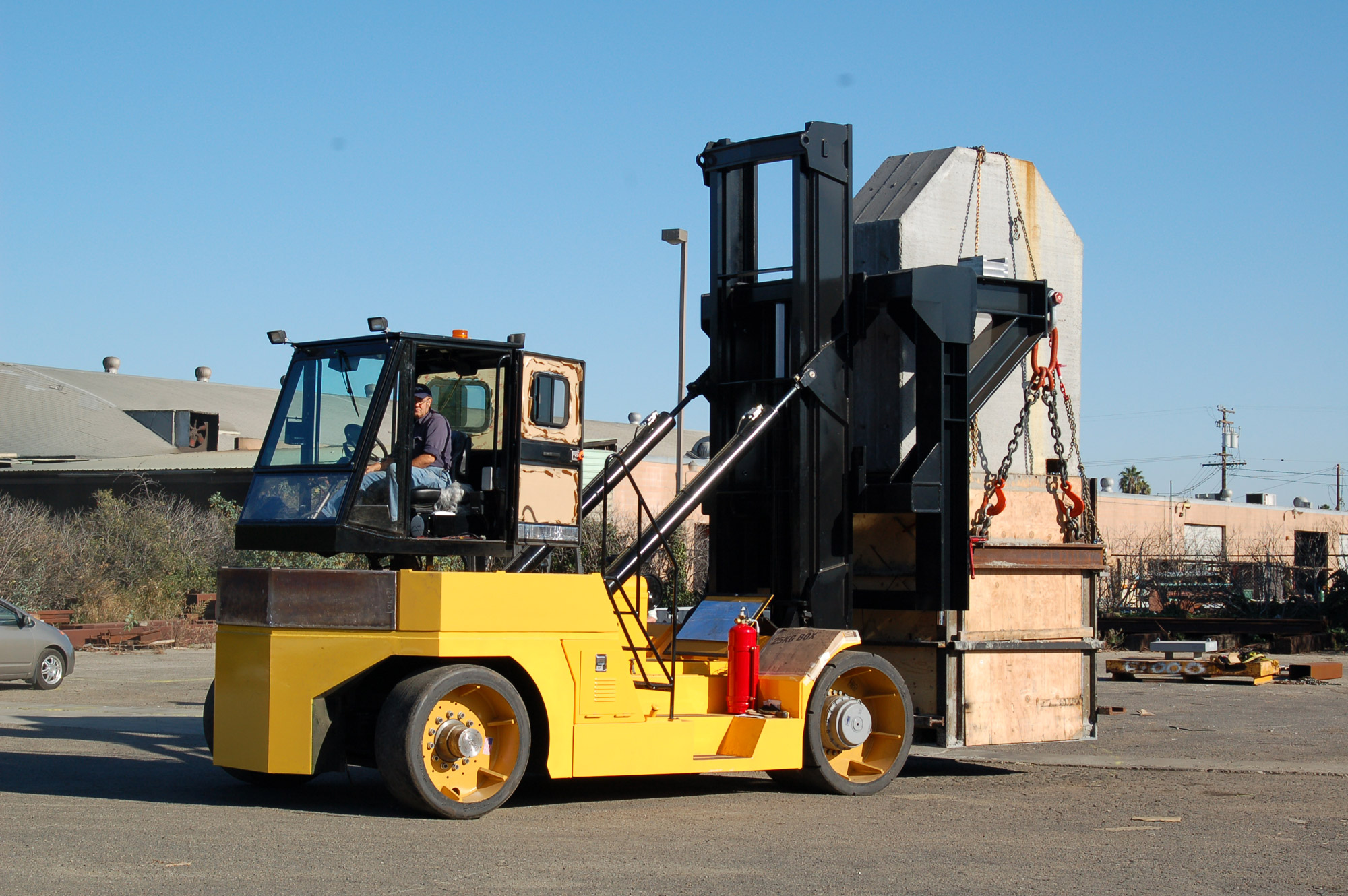
Visibility, sensors, cameras, engineered monitoring systems, and overload warning systems help ensure that Wiggins Yard Bulls meets the highest possible safety standards.
